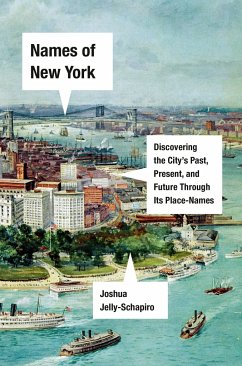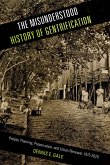From the coauthor of the award-winning Nonstop Metropolis--a short, fascinating journey into the past, present, and future of New York City through its place names and the stories they contain. Drawing on his background in cultural geography, Joshua Jelly-Schapiro excavates the wealth of stories that are embedded in New York City's place names and uses them to illuminate the power of naming to shape experience and our sense of place. He traces the ways that the native Lenape, the Dutch settlers, the British invaders, and successive waves of immigrants have left their marks on the place and continue to reshape it. He explores how many New York place names have accrued iconic significance far beyond the city's boundaries; for example, "Brooklyn" is the name of a notorious street gang in Haiti, of restaurants from New Zealand to Paris, and of thousands of children (it is among the top fifty girl's names in America). He interviews the last living speakers of Lenape, tours the harbor's many "out-islands" with a tugboat captain, and meets the linguists at the Endangered Language Alliance who study the estimated eight hundred languages now spoken in New York. And he makes clear that as immigrants and marginalized groups continue to find new ways to make the city's streets and boroughs their own, the names that adhere to the landscape function not only as portals to explore the past but as a means to reimagine what's possible now.








